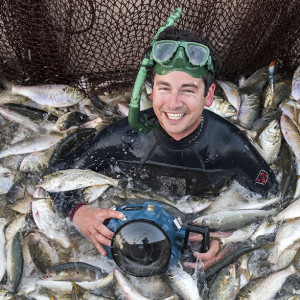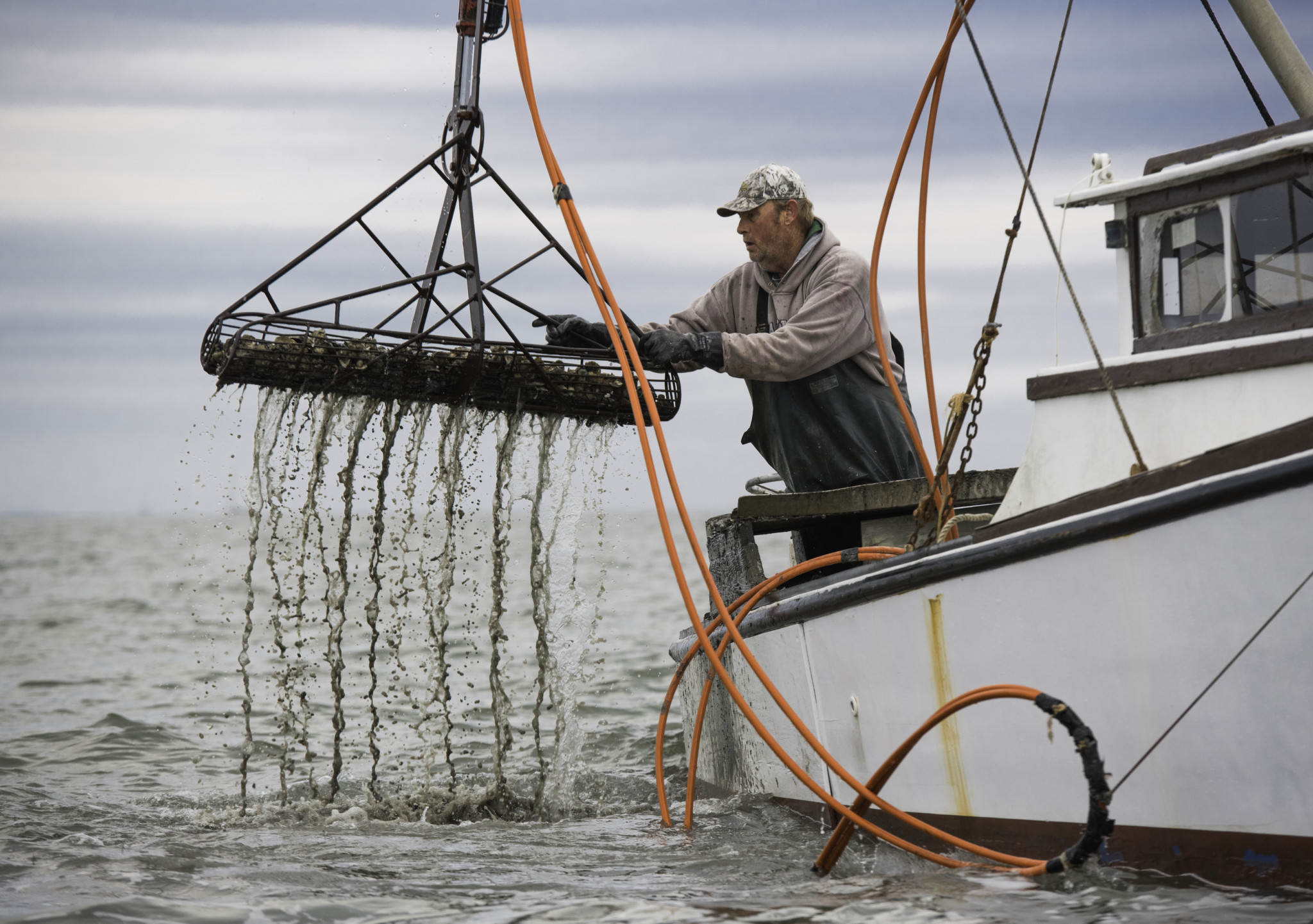Like many other areas of the country, restaurants account for nearly 70 percent of the demand for Chesapeake Bay seafood. When Maryland, Washington, D.C., and Virginia adopted strict social distancing measures to slow the spread of covid-19 in mid-March, restaurants were forced to shut down dine-in services. With the reduced capacity of the restaurant industry, the harvesters, processors and wholesalers were left looking for different outlets for local oysters, crab and fish to keep their businesses afloat during the spring months.
When concerns about the virus began to mount in early March, Jason Ruth, co-owner of oyster shucking house Harris Seafood in Grasonville, Md., noticed a downturn in sales for shucked and live oysters. Restaurants consume the overwhelming majority of Harris’ packaged oysters, while only a small percentage goes to retailers and grocery stores.
“When the governor made the official announcement on March 23rd that shut down restaurants, many of our customers backed out of their orders that day,” Ruth explained. “We could see the writing on the wall and cut the oyster season short by two weeks.”
Shortening the season meant that Ruth was no longer buying the daily catch from more than 100 boats, which harvested an average of 1,100 bushels of wild oysters each day during the 2019-20 Maryland season. Each of these boats employed two or three fishermen. Without product to process or sell, Ruth was forced to lay off 18 local shuckers, six laborers, and three of his management staff. Other shucking houses in Maryland and Virginia took similar actions after losing market for shellfish products.
With shucking houses winding down early, watermen missed the chance to capitalize on the final stretch of a surprisingly robust oyster season that followed predictions for a lackluster yield. “Watermen were still doing well,” Ruth explained. “Certain gear types were catching limits until the end.” He estimates that watermen could have harvested an additional 20,000 bushels from Maryland waters, amounting to $1 million in dockside market value.
If there is any silver lining to this situation, Ruth speculates, it is that “the oysters will be bigger next year, and they will spawn over the summer.”
Concerns over Maryland and Virginia’s 2020 blue crab season are now on the mind of seafood buyers, processors and harvesters. “At the start of the season, we are seeing off-the-boat prices that are one-half of what they were last year on females and about one-third less on males,” Ruth said.







